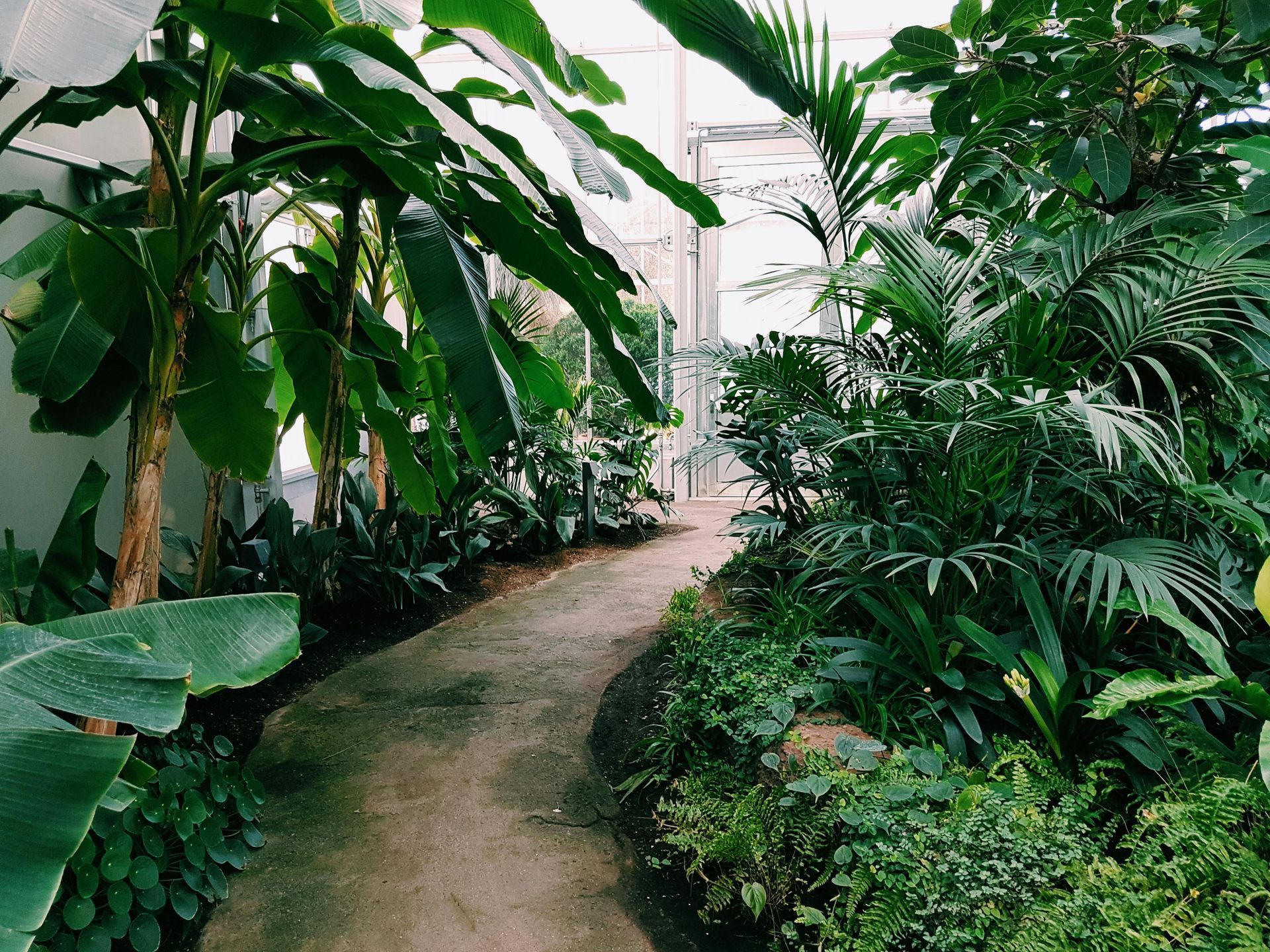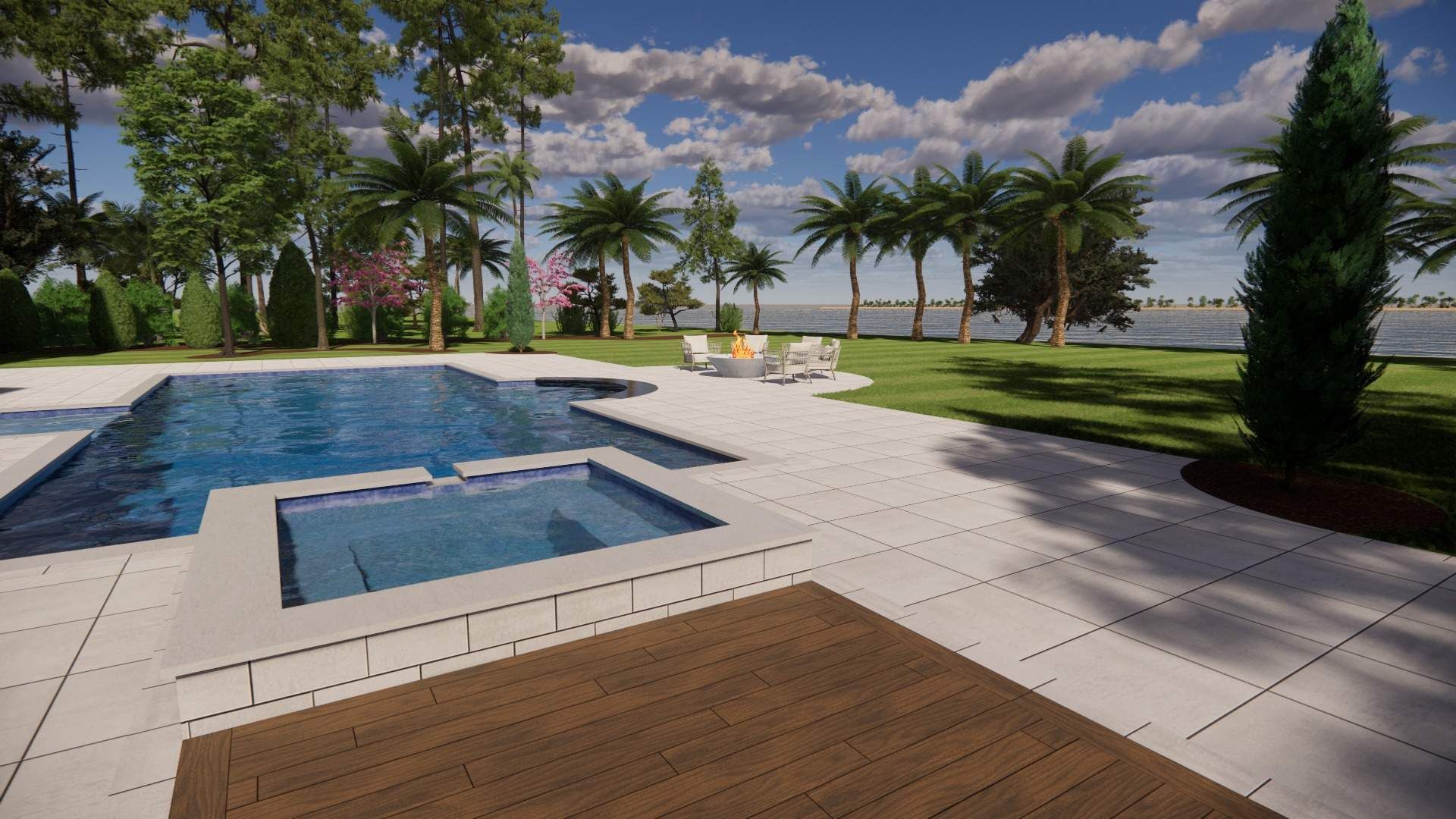Transform Your Space with Stunning Coastal Landscaping Techniques

Transform Your Space with Stunning Coastal Landscaping Techniques
Coastal landscaping uses plants and designs that fit well with coastal areas. This article will show you how to create a beautiful outdoor space that works with the land and the weather, especially here in Hilton Head, South Carolina.
Key Takeaways
- Coastal plants are tough and can take salt and wind.
- Hardscaping adds beauty and function to your yard.
- Water features can create calm spots in your garden.
- Planning helps you make the best use of your space.
- Maintenance keeps your landscape looking great.
For more information on maintaining your outdoor environment sustainably, check out our guide on eco-friendly landscaping practices.
Understanding Coastal Landscaping
Coastal landscaping is all about using the right plants and designs for areas near the ocean. It focuses on beauty and practicality. The right plants can thrive in salty air and sandy soil. They can give your yard a unique and pleasing look.
The Importance of Salt-Tolerant Plants
When you live near the coast, you face salt from ocean water and winds. This salt can harm many plants. But salt-tolerant plants can survive and even thrive in these conditions. Some great options include:
Plant Type Benefits Ideal Conditions
- Beach Grass Erosion control, aesthetic appeal Sandy soil, full sun
- Sea Oats Tall grasses that sway in the wind Well-drained, coastal regions
- Coastal Rosemary Fragrant, drought-tolerant shrub Sandy, well-drained soils
Using these plants can help make your yard beautiful while protecting the environment.
Features for Your Coastal Garden
When designing your coastal garden, think about adding features that enhance its look. Here are some ideas:
1. Hardscaping Elements
Hardscaping refers to non-plant features like patios, walls, and paths. These elements add structure and style. For example:
- Stone paths: Use stones to create a walkway that leads through your garden.
- Retaining walls: These help manage soil and can create levels in your yard.
- Outdoor seating areas: A small patio can be perfect for enjoying the outdoors.
2. Water Features
Adding water features can bring life to your garden. They provide a soothing sound and attract wildlife. Some popular choices are:
- Fountains: These can add elegance and sound to your yard.
- Ponds: A small pond can become a habitat for frogs and birds.
- Birdbaths: Simple and effective, they invite birds to visit.
Designing Your Coastal Space
Good design is important for any landscape. It helps you make the best use of your space and improve the look of your yard. Here are steps you should follow.
Step 1: Planning
Start by measuring your yard. Note where the sun shines and where it is shady. Think about what you want. Do you need space for kids to play or a spot to relax? Write down your ideas.
Step 2: Choosing Plants
Pick plants that fit your space. Remember to choose a mix of plants with different heights and colors. This helps create a lively garden.
- Tall plants: Place these in the back for a layered look.
- Medium plants: Use these in the middle.
- Short plants: Put these in front to show off their colorful blooms.
Step 3: Layout
Sketch a layout of your garden. Place hardscaping features and plants where you think they will look best. This will help you see how everything works together.
Coastal Plant Maintenance Tips
- Fertilization: Use slow-release fertilizers to nourish salt-tolerant plants without harming them.
- Pest Management: Monitor for pests like aphids and use organic treatments when needed.
- Seasonal Care: Adjust care routines based on seasonal weather patterns.
Caring for Your Coastal Landscape
Once your garden is created, it needs care to stay healthy. Here are some tips for maintenance:
1. Regular Watering
Even salt-tolerant plants need water, especially when young. Water them deeply but not too often. This encourages deep roots.
2. Mulching
Adding mulch helps keep moisture in the soil. It also stops weeds from growing. Use natural materials like pine bark or straw.
3. Pruning
Regular pruning keeps plants looking good. Trim dead leaves and branches to encourage new growth. It also helps prevent disease.
Local Considerations
Living in Hilton Head, you’ll want to think about local conditions. The climate here is warm and humid, with storms in the summer. Choose plants that can handle these factors.
Native Plants
Using local plants is a great way to ensure your garden thrives. Native plants require less water and care. Plus, they support local wildlife. Some good native choices include:
Native Plant Characteristics Wildlife Benefits
- Carolina Jessamine Yellow flowering vine, attracts butterflies Pollinator support
- Red Cedar Strong tree resistant to winds Provides shelter for birds
- Southern Magnolia Large, fragrant flowers Attracts various pollinators
Coastal Design Elements
Incorporating elements like color and texture can give your garden a unique look. Here are some ideas:
1. Coastal Colors
Choose colors that reflect the beach. Blues, greens, and sandy tones can create a peaceful atmosphere.
2. Textures
Mix different textures to add interest. Combine smooth stones with rough wood or soft grasses with sturdy shrubs. This variety will catch the eye.
Sustainable Practices
Sustainability is important for coastal areas. Here are some ways to keep your garden eco-friendly:
1. Rain Gardens
Create a rain garden to help manage water runoff. These gardens collect rainwater and let it soak into the ground. Plant native species that can handle wet conditions.
2. Composting
Start a compost pile to recycle yard waste. This can provide rich nutrients for your plants. It’s a great way to reduce waste and help the environment.
Final Thoughts
Coastal landscaping is a great way to make your outdoor space beautiful. By choosing the right plants and features, you can create a garden that thrives in the Hilton Head climate. Remember to plan carefully, use native plants, and keep up with maintenance.
Your yard can be a peaceful retreat, full of life and color. With these tips, you are ready to create your own coastal paradise. Enjoy your outdoor space, and let it reflect your style and connection to nature!
Contact Us for Help
If you want to transform your outdoor space but feel unsure where to start, we can help! Contact us at Hilton Head Landscapes. We are your local experts in coastal landscaping.
You can reach us at (843) 681-2889 for a free consultation. We look forward to helping you create your dream yard!
Conclusion
Coastal landscaping enhances the beauty of your outdoor space while respecting the natural environment. By focusing on plant selection, design features, and maintenance, you can create a stunning landscape specific to Hilton Head Island. Embrace the local flora and make your garden a peaceful retreat that you can enjoy for years to come.
For expert advice on local landscaping options, explore our resource on choosing the right coastal plants for your yard.



